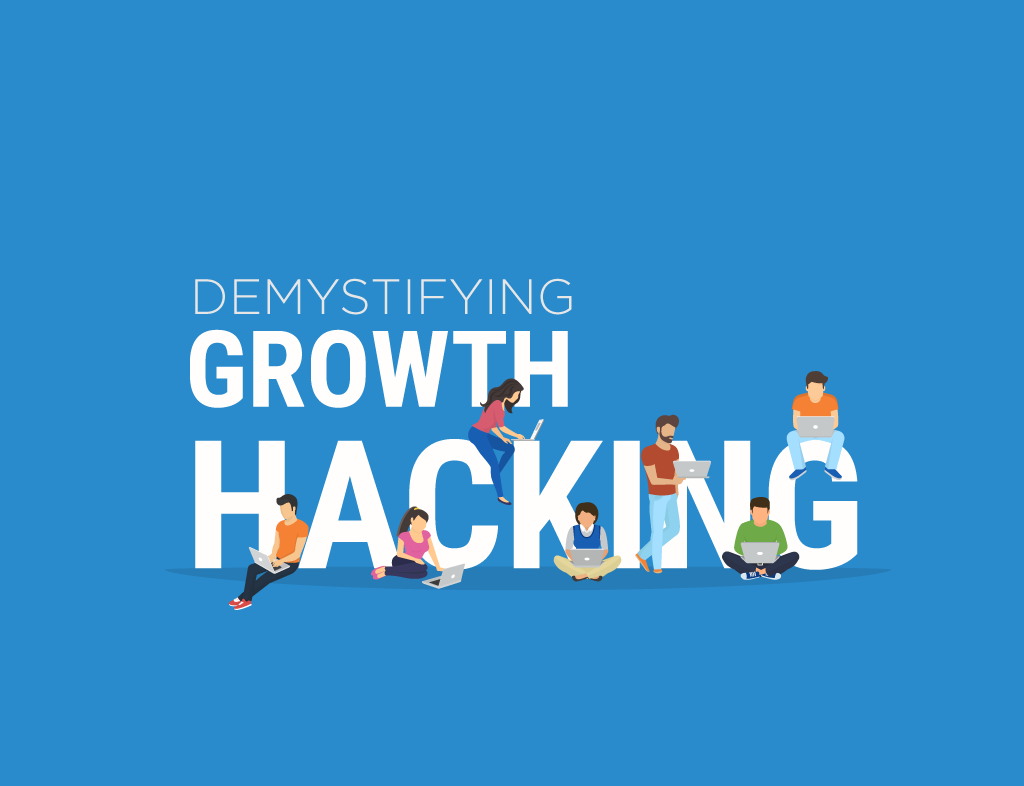Too much has been already written about ‘Growth Hacking’. Having been into product space for quite some time, I believe growth hacking is probably the most confused jargon being used in the business world (mainly product businesses).
Hence, thought of writing down my perspective on growth hacking by clearing out few notions around it –
For growth hacking, one should know coding?
I will say it depends on the hack. Some hacks will need a combination of more than one skills but sometimes a hack can be solely executed by a single function.
There is definitely use of technology as an enabler. Technology in growth hacking case generally need not correspond to hardcore coding but to a set of tools that helps you execute the hack quickly.
For example, trying different subject line for e-mails is a growth hack focused solely on content. What you need for it — probably a creative mind and an e-mail marketing and A/B testing tool (the tech part) but definitely not coding.
However if e-mail subject line has to be optimized based on results of earlier e-mail campaigns, then data skills is also needed. From data you should be able to make inferences and thus optimize the current campaign.
So it all depends on the use case.
Copying of popular growth hacks will also give you the similar results –
I think once a hack is in public domain and is widely accepted, then it is no more a growth hack.
For example, if you are a SaaS provider, you would have known of that putting one price plan as ‘Most Popular’ have resulted in more sign ups for few products.
Should you implement it? Yes.
Will it deliver the same growth? Probably no when compared to products who tried when this hack was still in infancy, as now this hack is more of a hygiene.
However if you can even innovate a bit be it at UI, Content or something else that does the trick for you, congratulations! you have created a hack for yourself. And you need not split it out until you see the results getting flattened out.
Growth Hacking is only about new user acquisition –
I believe, for any product there are four main metrics that is needed to be improved on a constant basis — User Awareness, User Acquisition, User Engagement and User Retention.
So any activity that can be used to improve any of the four metrics in the least cost or no cost (the ideal situation) can be qualified as a growth hack.
Would be glad to help in case someone needs more information.
P.S: check out this http://conversionxl.com/growth-hacking/ for more detailed view points which had emerged around growth hacking starting 2010 and this clearly tells why there is so much confusion around growth hacking!
Guest Post by Nishith Gupta



